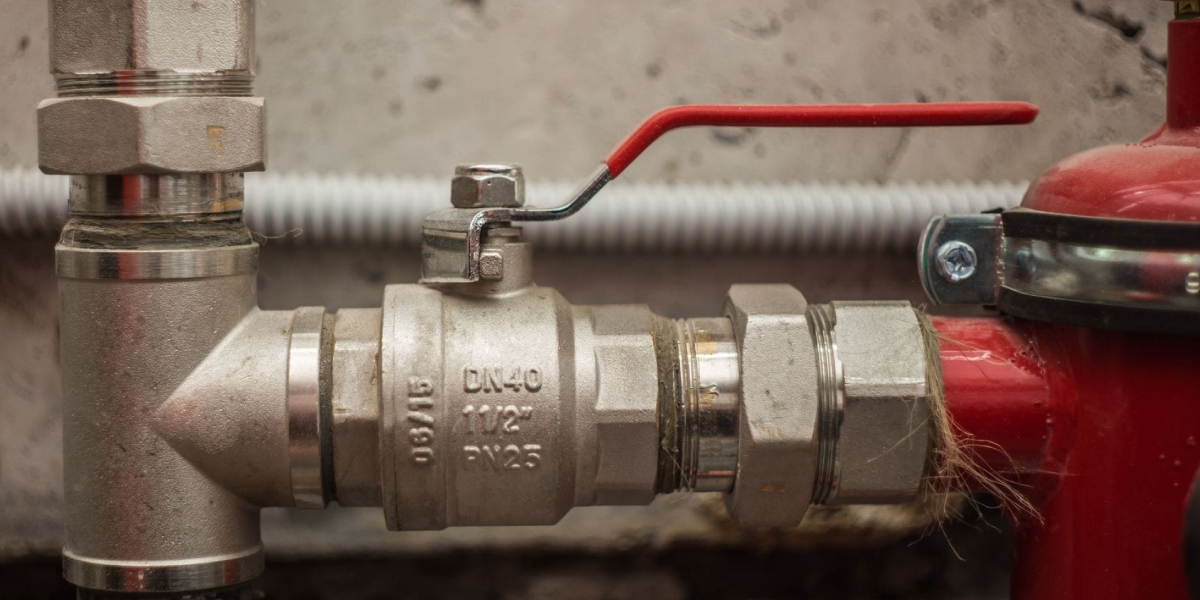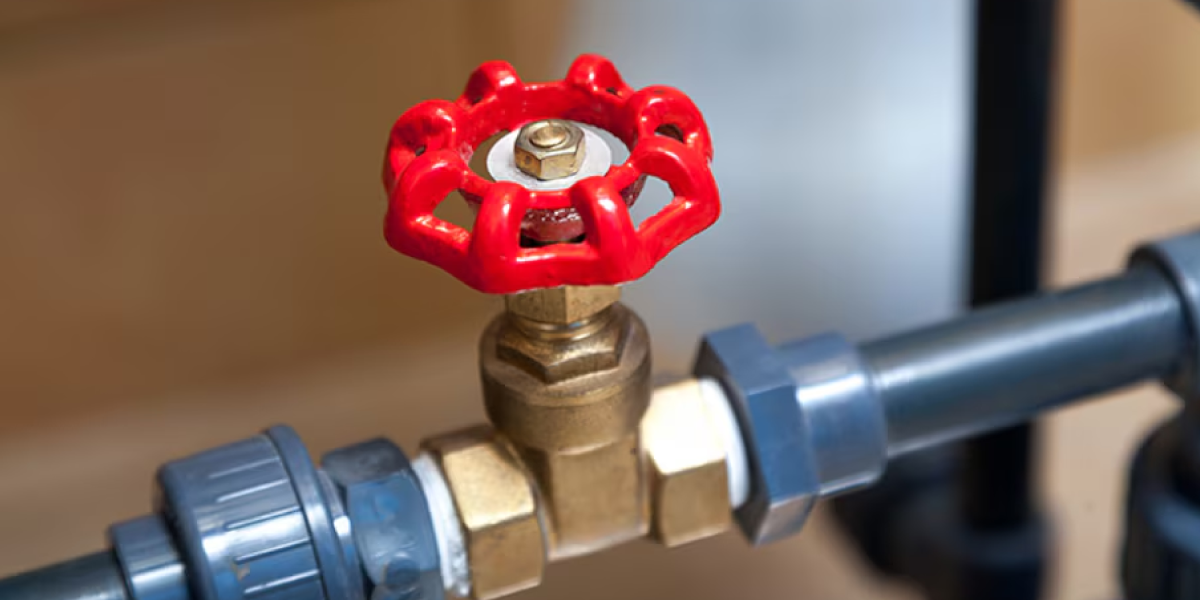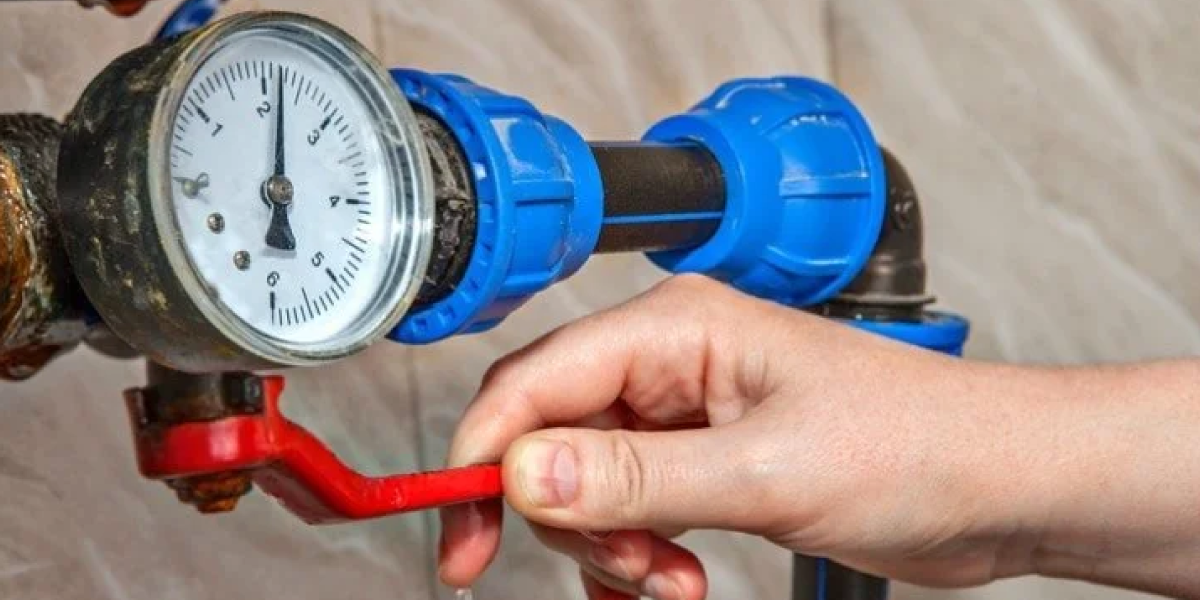Let’s say a pipe bursts in your house and water starts flooding the floor. What do you do? Simple answer — shut off the main water valve. But wait. Now, you’re probably thinking, “Where is the Main Water Shut-off Valve in My House?”
Here’s the brief: The main water shut-off valve is usually where the water line enters your house. It’s often in the basement, garage, utility room, or outside near the water meter.
Knowing this before an emergency can save your home, your money, and your peace of mind. In this blog, we’ll help you:
- Find your main water shut-off valve
- Understand what it looks like
- Learn how to turn it off quickly
Let’s start from the basics.
What is the Main Water Shut-off Valve?
This valve controls all the water that flows into your house. Think of it like the main gate for your home’s water. Turn it off and no water can go anywhere inside your house.
What does it look like?
You’ll see one of these:
| Valve Type | Shape | How it Works |
| Gate Valve | Round wheel | Turn it right (clockwise) to shut |
| Ball Valve | Straight handle | Turn 90 degrees (quarter turn) to shut |
Important:
- Main shut-off valve = controls water for the entire house
- Fixture valves = only control one sink, toilet, or faucet
So if a pipe is leaking, you need the main valve.
If your shut-off valve hunt started because of a dripping tap, here’s how to fix a leaky faucet easily.
Where is the Main Water Shut-off Valve in My House?

Where it is depends on where you live, how your home is built, and your local weather.
Let’s look at three main types of homes.
1. In Warmer Climates (Florida, Texas, Southern California)
If you live in a warmer state, your main water shut-off valve is usually found outside. Try looking along an outside wall of your house, especially near where your garden hose connects.
Sometimes, it’s inside a small ground box with a concrete or plastic lid near the curb. That box might also have the street-level shut-off valve inside it. These are designed for easy access since freezing is not an issue in warm weather.
2. In Colder Climates (New York, Illinois, Minnesota)
In colder areas where freezing pipes are a risk, the shut-off valve is usually located inside the house. Start by checking your basement, especially the wall that faces the street, because that’s where the water line typically enters.
If you don’t have a basement, look in the utility room or crawl spaces. Also, check near your water heater, furnace, or boiler — it’s often installed close to these appliances to keep it protected from cold.
3. In Slab Foundation Homes (No Basement)
If your house is built on a concrete slab and has no basement, the shut-off valve is likely inside. Look in the laundry room, inside a utility closet, or in the garage.
It’s usually installed on a wall that faces the street since that’s where the main water line comes in. These locations are easy to get to and keep the valve safe from damage or extreme weather.
How to Locate the Valve Step-by-Step
Let’s walk through how to find your main water shut-off valve, step by step. You don’t need special tools — just a bit of time and a careful look around.
Step 1: Find Where the Main Water Pipe Enters Your Home
Start outside. Look for the point where the main water line comes from the street and enters your house. In many homes, this is on the side of the house that faces the road. You might see a pipe coming up from the ground and going into the wall — that’s your starting point.
Step 2: Follow That Pipe Inside
Now go inside the house and try to trace where that pipe continues. It should lead you to where the shut-off valve is installed. It may be behind a small access panel, in a utility area, or near the front wall of your home.
Step 3: Look Near Your Water Heater or Boiler
If you can’t see the pipe clearly, check around your water heater, furnace, or boiler. These areas often have a cluster of plumbing pipes, and your main valve might be there. It’s usually mounted on a pipe coming from the floor or the wall.
Step 4: Check Walls That Face the Street
Still no luck? Focus on the wall of your house that faces the street. Water lines are usually installed in the most direct route from the city water main to your home. So, the valve is often found close to the front wall, either in a basement, utility room, or even inside a cabinet.
Extra Tip:
- If you’ve just moved into the home, check your inspection report. Inspectors often list the location of shut-off valves, so you might already have a clue written down.
Fast Trick:
- Stand outside and draw an invisible straight line from the street water supply to your house. That line is often where the valve is — usually the shortest and easiest path. So focus your search along that line, both outside and inside.
How to Turn Off the Main Water Valve

Know the type? Great — now here’s how you shut it off.
| Valve Type | What to Do |
| Gate Valve | Turn right (clockwise) until it stops |
| Ball Valve | Turn the handle 90 degrees so it’s across the pipe (perpendicular) |
Don’t force it if it feels stuck — especially old ones. They can break. If water is leaking, move fast but be gentle.
If a leak has already caused a mess, check out our guide on water damage restoration to get things back in shape.
What If You Can’t Find It?
Don’t panic. Try these:
- Look near the curb. There’s often a ground box there
- Call your local water utility. They can guide you
- Call a plumber if you’re still unsure.
Some houses (especially old or remodeled ones) may have more than one main shut-off valve!
Labeling and Maintaining Your Shut-off Valve
Once you find it, label it! Use a tag, sticker, or sign that says Main Water Shut-Off Valve.
Do this once a year:
- Turn the valve off and on (just to keep it moving)
- Spray lubricant if it’s hard to turn.
If the shut-off valve is located inside your property, like in your basement, garage, or utility room, then it’s your responsibility to repair or replace it. But if the valve is out near the street or sidewalk — usually in a ground box — then your city or local water provider is in charge of taking care of it.
Wondering what to do after shutting off the valve? Learn the difference between water mitigation and restoration.
Additional Tips for New Homeowners

Just moved in? Great time to do this:
- Take a photo of the valve
- Save its location in your phone or house folder
- Show everyone in the house where it is
- Think about installing a smart water shut-off system — these can detect leaks automatically.
Turned off the water and ready to act? Here are some simple DIY restoration tips to start the cleanup.
Wrapping Up
So, hopefully, we can provide you with the whole answer to your question, “Where is the Main Water Shut-off Valve in My House?” To sum it up, if you live in a cold state, your main water valve is likely inside — maybe in the basement, crawl space, or utility room. In warm states, it’s usually outside near a wall, hose bib, or by the curb. If your home has no basement, check the garage, laundry room, or utility closet. Make sure you know where your valve is before a leak happens, learn how to turn it off, test it once a year, and show your family, too. You are in charge of the valve inside your property, but the city takes care of the one at the curb.
Still unsure where it is? Step outside, look around, follow the pipes — and get to know your home’s setup today. And if you ever face major water damage, don’t wait. Call a trusted water damage restoration company right away to help clean up and protect your home from mold and further damage.
Did the leak reach your ceiling? Here’s how to fix water-damaged ceilings step by step
FAQs
|

